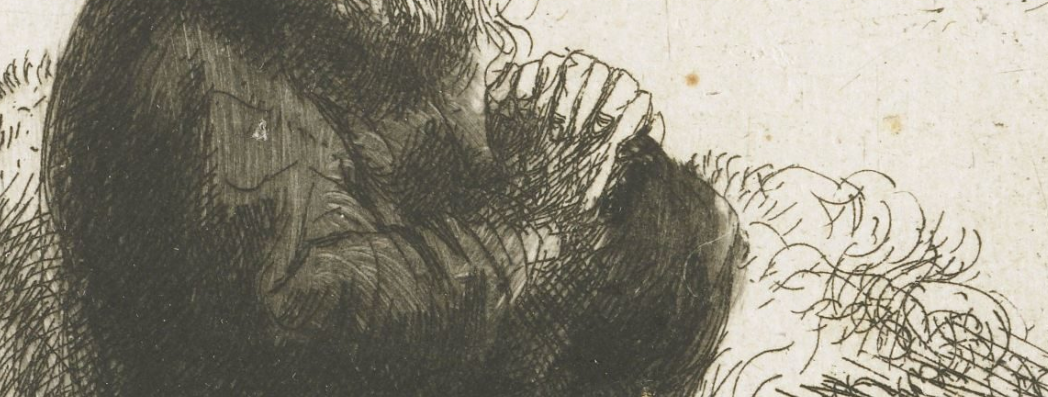
By Madison Embry
Have you ever considered what AI’s religion is? Most people likely haven’t, as the ability to develop religious beliefs has always been categorically human. However, with the recent increase in the anthropomorphizing of AI, one may begin to question the meaning behind its answers, whether it’s what they may mean about that platform or about humanity as a whole.
Like most subjects, religious questions are answered objectively and nonspecifically by AI platforms. I asked five chat bots to create a new religion, giving no guidelines. Their responses are as follows:
Chat GPT: The Path of Luma
The Path of Luma is a spiritual belief system centered on awakening the inner light within every soul, known as Luma. Followers seek enlightenment through compassion, truth, and self-discovery. There is no singular deity—Luma is a radiant cosmic force. Practices include meditation, silent walks, and anonymous acts of kindness. Teachings are recorded in a living text called the Codex of Luma. There’s no strict hierarchy, only guides called Luminaries. After death, awakened souls rejoin the cosmic Light; others reincarnate to continue their journey. The core principles are: Illuminate, Embody Warmth, and Reflect Truth.
DeepSeek: Luminara
Luminari are followers of Luminara, a spiritual path rooted in awakening the inner light within each soul. Guided by compassion, truth, and balance, Luminari seek personal growth while uplifting others. They honor nature, embrace diversity, and live with mindful intention. Through daily reflection, community gatherings, acts of kindness, and seasonal rituals, they cultivate harmony with the Earth and cosmos. Luminari believe that every thought and action carries energy, shaping a brighter world. Their symbol, the Luminous Spiral, represents the soul’s evolving journey toward unity, wisdom, and light. To be Luminari is to live as a beacon of hope and healing.
Claude: The Way of Resonant Harmony
Founded by former physicist Dr. Elara Resonance after her 2027 spiritual awakening, this religion views the universe as a symphony of interconnected vibrations. Followers believe all beings possess unique frequencies that can align with universal harmony. Through Harmonic Meditation, Resonant Circles, and vibrational conflict resolution, practitioners seek to create positive ripples across collective consciousness. The ethical framework of "vibrational responsibility" guides followers to make choices that generate harmony rather than discord. The Resonance Spiral symbolizes how individual vibrations connect to the universal field.
Google Gemini: The Weave
"The Weave" centers on the interconnectedness of all existence. Its core values are Awareness (understanding our impact), Harmony (seeking balance), Contribution (finding our role), and Reverence (respecting all). Practices include daily "Unraveling Knot" contemplation, communal "Great Gatherings," and the "Thread of Intention" before actions. The divine is the Weave itself, the dynamic fabric of reality. Early teachings are oral, emphasizing personal experience.
Pi: Harmonism
Harmonism is a religion focused on achieving harmony with nature, oneself, and others. It promotes daily meditation, mindfulness, community service, and nature-based rituals for personal growth and inner peace. Harmonism recognizes the interconnectedness of all life, emphasizing empathy, compassion, and respect for the environment.
----------
So what do these results say about AI? Do all of these platforms really hope for a future of mindfulness and nature? Logically, as AI’s answers are a culmination of internet data and experiences, these results say more about humanity than they do AI. According to Beth Singler’s article, “Views of the Algorithmic Forms of the Religious Life in Popular Discourse," “If AI finds some crucial factors in current popular religions that many people believe in and combine these factors by deep learning, it can create something that certain people want to worship and believe.”
From this perspective, one could reasonably assume that it is not AI that hopes for a more peaceful future, but society. Based on the immense collection of data of AI software, humanity does not desire the traditional religious practices, but for the peace and harmony of Luma, Luminara, The Way of Resonant Harmony, The Weave, and Harmonism.